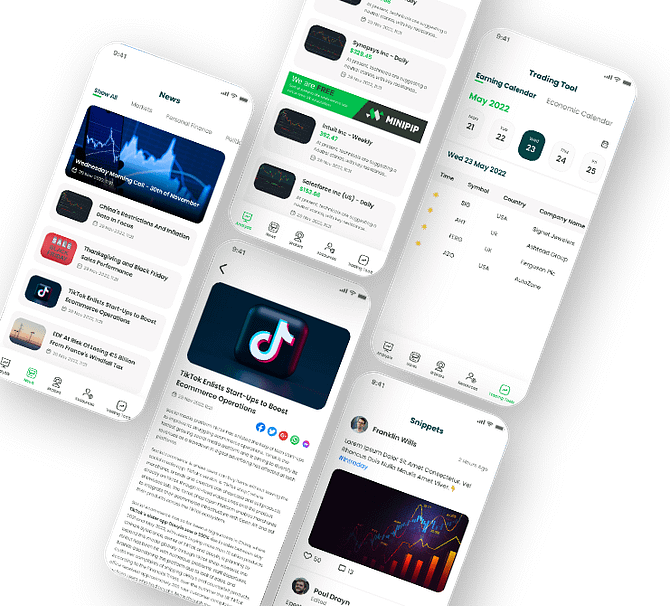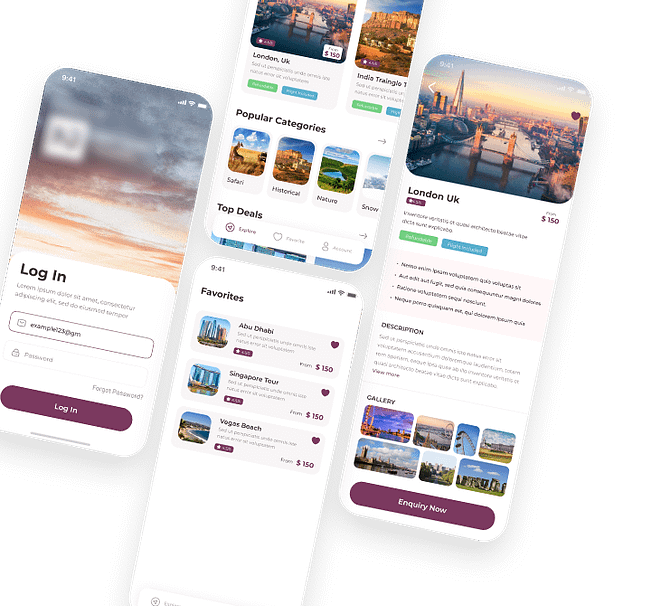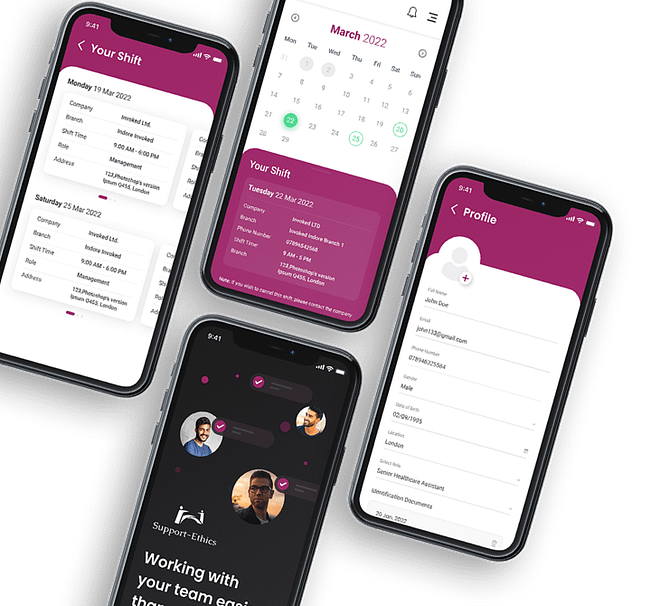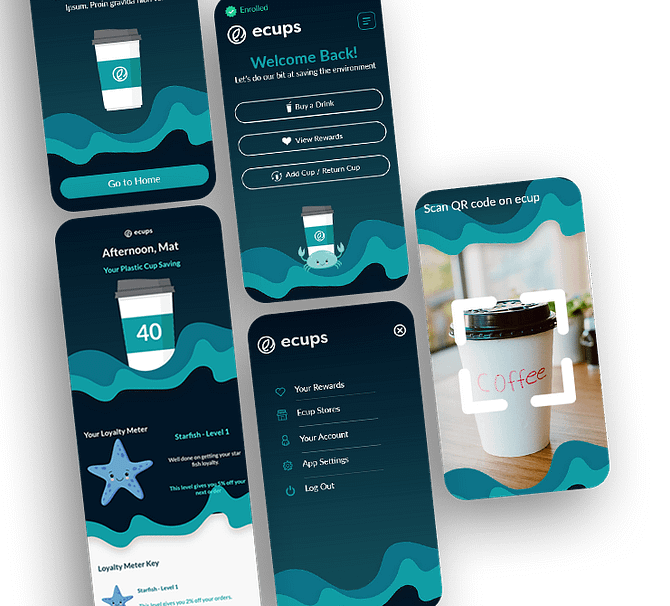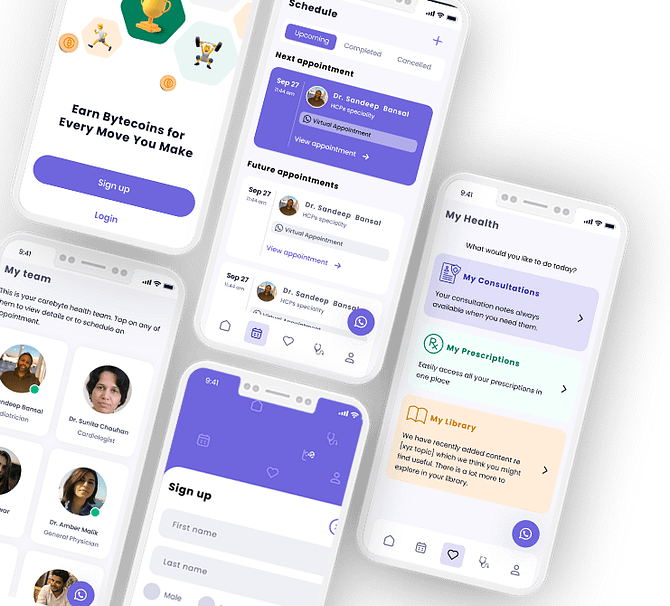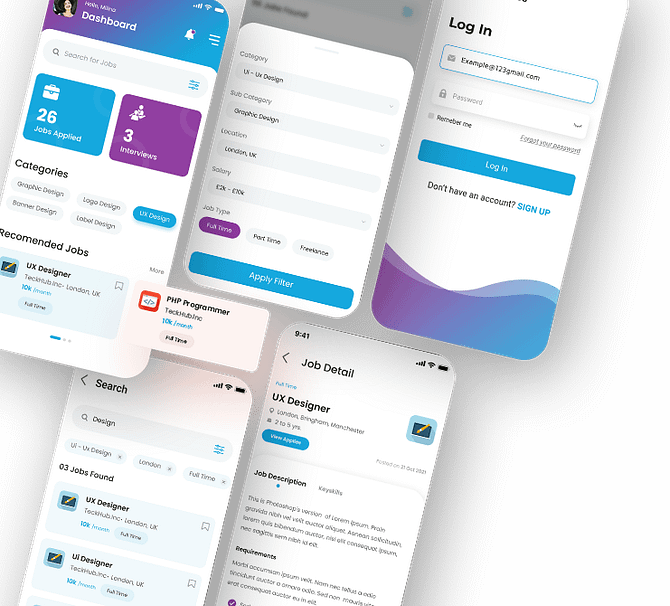As the digital landscape evolves, 2025 is set to redefine how businesses approach web development. From the rise of Artificial Intelligence (AI) to the growing emphasis on user experience, web technologies are adapting to meet the demands of modern markets. This article dives into key trends shaping the industry and showcases real-life examples of their impact.
The Power of AI and Machine Learning
AI is no longer a futuristic concept; it is now central to web development strategies. Features like chatbots, personalized content, and predictive analytics are transforming how websites interact with users.
Case Study: Amazon
Amazon’s website leverages AI to enhance user experience through personalized product recommendations. By analyzing user behavior, Amazon’s algorithms deliver relevant suggestions, increasing conversion rates and customer satisfaction. This integration of AI has contributed to Amazon’s dominance in e-commerce.
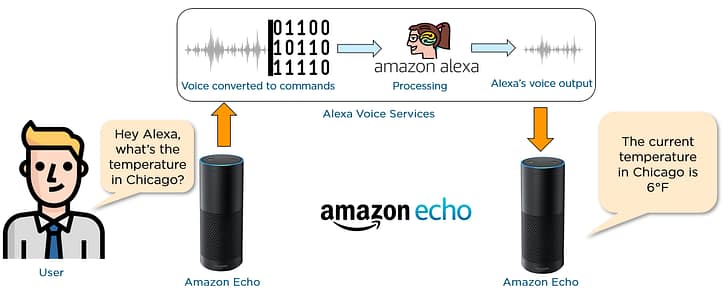
Interesting Fact: Gartner predicts that by 2025, 80% of web interactions will be AI-driven, highlighting the importance of adopting AI in web development.
Progressive Web Applications (PWAs)
PWAs are bridging the gap between mobile apps and websites by offering app-like experiences directly in a browser. These applications are fast, reliable, and engaging, making them a popular choice for businesses looking to enhance accessibility.
Case Study: Starbucks
Starbucks implemented a PWA to improve its online ordering system. The PWA allows users to browse the menu, customize orders, and complete transactions even with limited internet connectivity. This innovation led to a significant increase in customer engagement and repeat orders.
Interesting Fact: Research shows that PWAs can increase conversion rates by up to 36%, making them a game-changer for e-commerce and service-based businesses.
Voice Search Optimization
With the proliferation of smart devices, voice search is becoming a key aspect of web interaction. Websites optimized for voice search are experiencing higher traffic and improved rankings.
Case Study: Domino’s Pizza
Domino’s introduced voice-ordering capabilities on its website, allowing users to place orders using voice commands. This feature simplified the ordering process and contributed to a 10% rise in online sales within months of implementation.
Interesting Fact: By 2025, voice search is expected to account for 50% of all online searches, emphasizing the need for voice-optimized web development.

Emphasis on Accessibility and Inclusivity
Web accessibility is no longer optional; it’s a necessity. Inclusive designs ensure that websites are usable by people with disabilities, opening businesses to a broader audience.
Case Study: Microsoft
Microsoft revamped its website to prioritize accessibility by incorporating features like text-to-speech, high-contrast modes, and keyboard navigation. This initiative enhanced user satisfaction and reinforced the company’s commitment to inclusivity.
Interesting Fact: A report by WebAIM states that websites with accessible designs experience 20% higher user retention rates compared to those that don’t prioritize inclusivity.
Blockchain Integration
Blockchain technology is reshaping data security and transparency in web development. Applications range from secure payment systems to tamper-proof digital identities.
Case Study: Everledger
Everledger, a global blockchain company, uses its website to track the provenance of diamonds and other valuable assets. By integrating blockchain technology, they ensure transparency and trust among users, setting a benchmark for innovation in web development.
Interesting Fact: By 2025, the blockchain market is projected to grow to $40 billion, with a significant portion dedicated to web-based applications.

Sustainable Web Design
As environmental concerns grow, sustainable web development practices are gaining traction. Businesses are focusing on energy-efficient designs to reduce their digital carbon footprint.
Case Study: Wholegrain Digital
Wholegrain Digital, a web design agency, specializes in creating low-carbon websites. By optimizing website code and using renewable energy-powered servers, they help clients reduce their environmental impact while delivering high-performing sites.
Interesting Fact: Websites optimized for sustainability load 30% faster and consume significantly less energy, improving user experience and reducing operational costs.
Conclusion
The trends shaping web development in 2025 underscore the importance of innovation, user-centric design, and adaptability. From AI and PWAs to blockchain and sustainability, businesses that embrace these advancements are poised to lead in the competitive digital market.
By learning from successful implementations like Amazon, Starbucks, and Microsoft, companies can harness the potential of these trends to stay ahead of the curve and deliver unparalleled value to their users. The future of web development lies in its ability to evolve with changing technologies and user expectations—paving the way for a smarter, more connected digital world.











